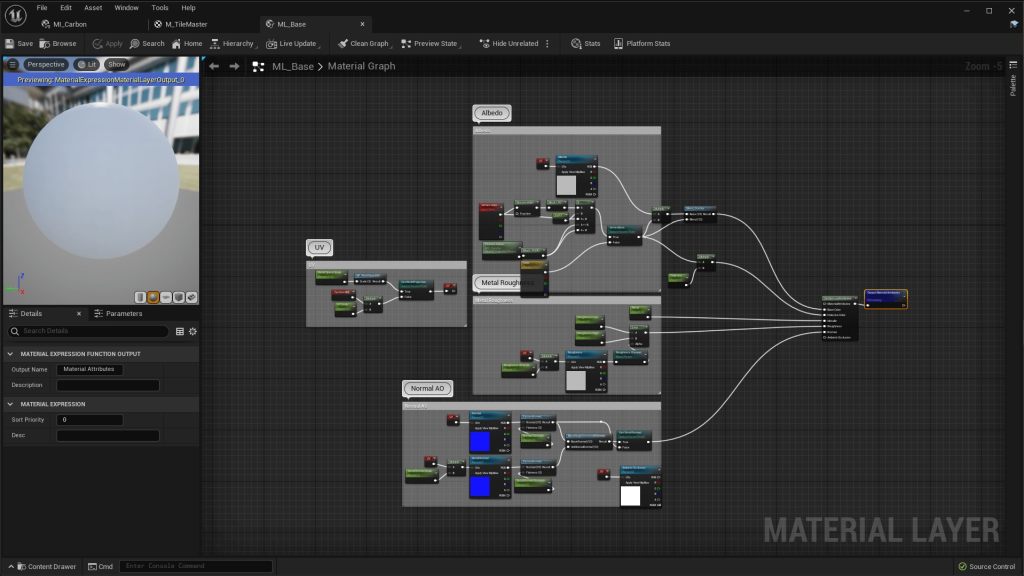Video games as a medium tend to be driven by changes in technology. A lot of designers want to play with the newest and latest toys that make their jobs easier and expand their options with the worlds they create. Publishers and their investors are also excited by these new possibilities. Lots of money is being invested in whoever can make a big splash with the newest technology, so here’s five tech trends that are currently driving game development to new space.
1. Machine Learning and AI
Machine learning is not the exact same thing as AI, but both are being used within game development at the moment. While AI can be argued to be a little too broad, machine learning is fairly specific in both its uses and definition. With the recent PlayStation 5 Pro announcement, first-party platform Sony introduced the PlayStation Spectral Super Resolution feature — perhaps unfortunately commonly abbreviated as PSSR. This uses AI to increase the effective resolution of a game without taking a hit to performance. With the Nintendo Switch successor (a follow-up to what will likely end up as the most successful console of all time) rumored to be doing something similar leveraging Nvidia’s DLSS technology for frame generation, it seems this kind of tech is here to stay.
Meanwhile, machine learning is improving games using specific algorithms and mathematical models for various uses in game development. Procedural generation is one well-worn example, allowing developers to create worlds without having to hand-create every square inch of them. It is a decidedly young field, but one in which many studios — such as Guerilla Games, creators of Horizon — are already hiring high-level roles for.
It was fairly recently that Electronic Arts pledged to be a leader in the AI space through using AI for content generation and for backend tools. It seems likely many other studios will follow suit.
Join us for GamesBeat Next!
GamesBeat Next is connecting the next generation of video game leaders. And you can join us, coming up October 28th and 29th in San Francisco! Take advantage of our buy one, get one free pass offer. Sale ends this Friday, August 16th. Join us by registering here.
2. VR/AR and the desire to create something new
While the gold rush on virtual reality may now be over, developers are now looking at what can be done with VR and AR games to make them stand out. Titles like 2023’s Asgard’s Wrath II, the sequel to Sanzaru’s first title in the series, was widely applauded as one of the best VR games to come out in recent memory. A lot of developers are now looking at VR to see how they can plant a flag in the technology for if and when the games become just as mainstream as their flatscreen equivalents.
Meta released its Meta Quest III last year, as well as Sony releasing the PlayStation VR 2, so the act of using VR has never been more comfortable. It’s just a question of whether the audiences will respond to the games being put out there.
3. Cloud Gaming
Despite the failure of major cloud gaming initiatives like Google Stadia, the technology has been continued to be used in the background by gaming studios as alternatives to having to download entire games. Xbox continues to count on the Xbox Cloud Gaming program, letting people start a prospective game from the menu and download it later. Hoyoverse recently put games like Genshin Impact on the cloud as an alternative to downloading a hefty 40GB onto your mobile device before giving it a shot. Developers are increasingly finding that removing barriers of entry to games makes people more likely to play them, which is a perfect place to slot in Cloud technology.
4. Livestreaming as a means of marketing
Once a game is out, some studios consider the marketing done. But one of the keys in getting a game to sell with a long tail is to hope that it catches on with streamers, essentially getting millions’ worth of free marketing from someone playing and enjoying the game with an audience. Developers are using technology to not just make their games more stream-friendly, but also make them less hostile to streaming. Games that feature prominent music these days, for example, allow full soundtrack switching so as not to run afoul of automatic music-seeking algorithms that could earn a streamer copyright strikes or even more punitive punishments. If it is risky to stream your game, streamers are just likely not to do it.
5. User Generation
Another avenue of technology for game developers these days is to leave some degree of creative decision-making in the users’ hands. An example of this would be Fortnite, which allows users to not only create maps and modes, but lets them leverage Epic’s own markets to spread it around. Not only does this loosen the ropes around Epic’s constant need to develop Fortnite around the clock, it allows the audience to invest some ownership in the hit that could work out to financial payouts for them as other users enjoy the content.
These are just a few of the technologies working behind the scenes on video games in recent years. At some point new technologies, techniques, and perspectives will replace these, as is often the case in the medium. For those attending Gamesbeat NEXT in San Francisco in October, I will also be attending to moderate and talk about some of these things for both the people working hands-on with them and decision-makers trying to figure out what is best for their studios.
Source link

